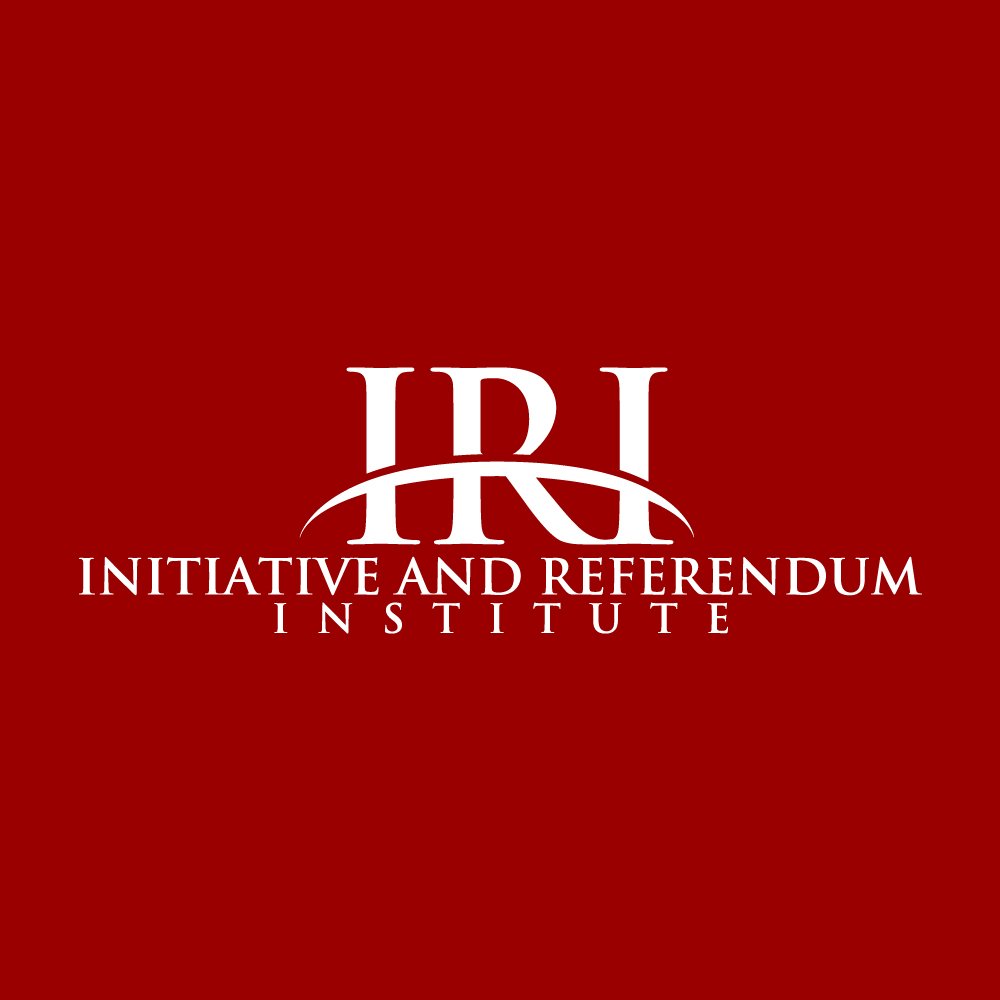Idaho
In 1911, swept up in the reformist spirit of the times, the Idaho legislature approved an I&R amendment to the state constitution that was approved by voters the following year. But the amendment was flawed: it did not specify the number of petition signatures required to qualify an initiative for the ballot. This meant that the legislature could set the threshold - and change it at any time. No initiative could qualify for the ballot until the legislature passed a bill to set the signature requirement. The legislature did this in 1915, but Governor Moses Alexander vetoed the bill because he thought the requirement unreasonable. Two decades went by before another such bill was passed.
The first initiative to qualify for the ballot proposed to establish the state Fish and Game Commission; the voters approved it in 1938 by a margin of three to one. In 1954, voters passed an anti-pollution measure to ban dredge mining in riverbeds.
In 1974, Idaho voters passed an initiative calling for greater disclosure of campaign contributions and expenditures. In 1978, they approved a property tax cut initiative patterned after California's Proposition 13, but the legislature amended it to benefit businesses rather than homeowners.
In 1982, Idaho voters passed an initiative cutting taxes for homeowners, and in the same year they approved two other measures: one allowing denture technicians to compete with dentists in the sale and fitting of dentures and another supporting the development of nuclear power. This was the only statewide initiative supporting nuclear power that has ever been passed.
In early 1984, anti-initiative forces - primarily timber, mining, and farming interests - persuaded their friends in the legislature to double the number of signatures required to put an initiative on the ballot. The bill was introduced without a hearing, voted on, and sent to the governor's desk within 24 hours. However, initiative supporters reached Governor John Evans first and persuaded him to veto the bill. In 1999, these same forces, along with anti term limits advocates, convinced the state legislature to once again over regulate and restrict the initiative process. This time they were successful. The new law drastically increased the distribution requirement for initiatives that lead to the fact that not a single initiative qualified for the 2000 ballot. However, in litigation sponsored by the Initiative & Referendum Institute, the Federal District Court for Idaho struck down the new regulation as unconstitutional.
See David Schmidt, Citizen Lawmakers: The Ballot Initiative Revolution (Temple University Press, 1989).
